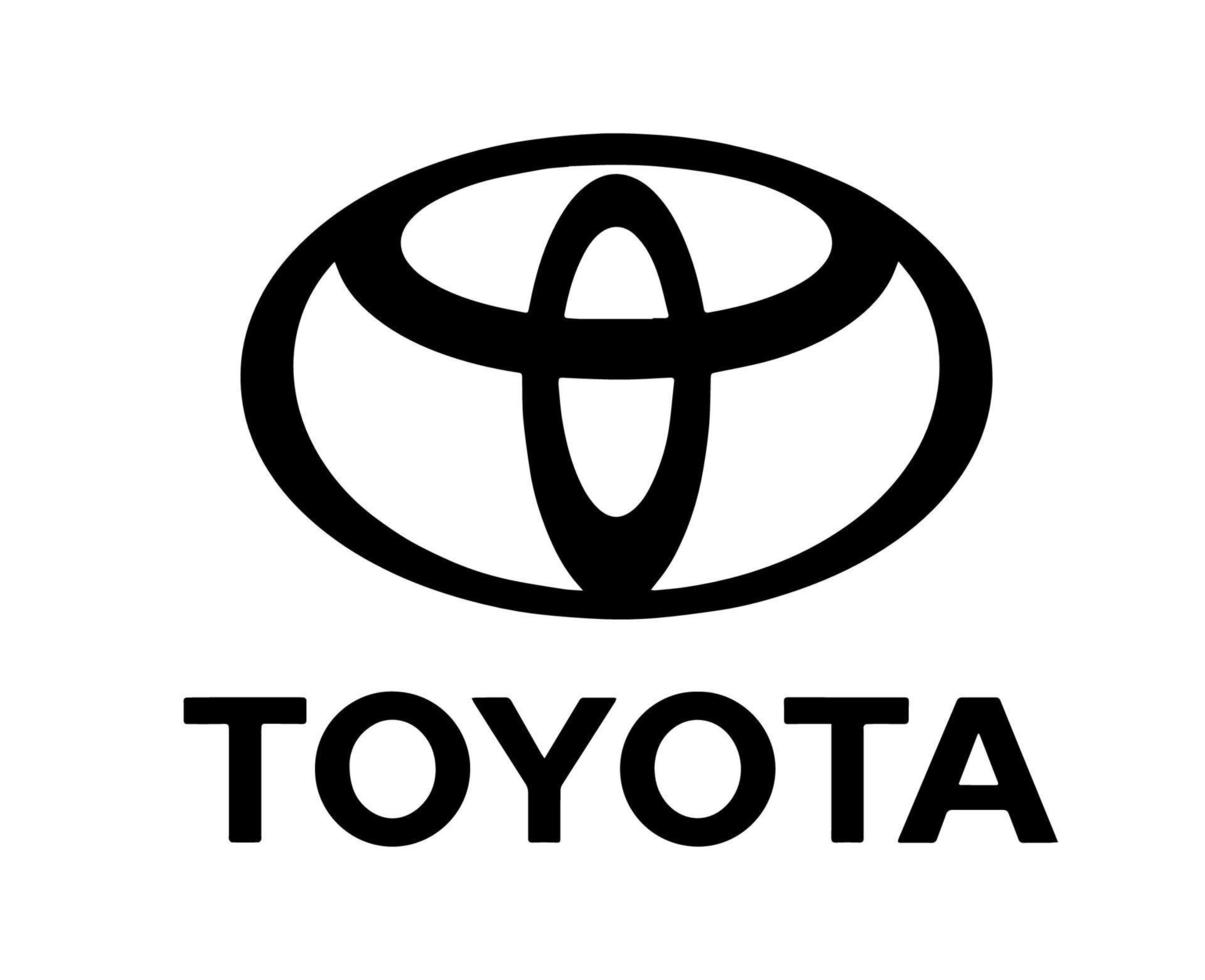Toyota, founded in 1937 in Japan, has long been active in the automotive sector. The company is known for its production approach called the “Toyota Production System” (TPS). Today, it conducts various studies on electrification and autonomous driving technologies.

Toyota Logo (Toyota Official Website)
Historical Development
After World War II, Toyota played an important role in Japan’s industrial development and pursued an export-oriented growth strategy in the second half of the 20th century. The Prius, introduced in 1997, became a pioneer in the hybrid vehicle segment; this model represents an early example of electrification in personal transportation. In the 2000s, Toyota strengthened its global presence in the luxury segment with the Lexus brand. The company continues to maintain its leadership in the industry through R&D investments and production technologies.
Product Range
Passenger and Family Cars: Corolla, Camry, Yaris
SUVs and Crossovers: RAV4, Highlander, C-HR, Land Cruiser
Pick-Up and Light Commercial Vehicles: Hilux, Tacoma, ProAce
Electric and Hybrid Models: Prius, bZ4X, Corolla Cross Hybrid, Lexus RX Hybrid
Electric Vehicle Technology
Toyota has maintained industry leadership in hybrid vehicle technology for many years; in 2024, hybrid vehicle sales accounted for approximately 40.8% of total sales. The company is taking a cautious strategy in transitioning to fully electric vehicles, beginning to form its BEV product lineup with new models such as the bZ4X. R&D activities focus on battery technology, solid-state cells, and fast-charging systems.
Global Production Network and Financial Performance
Although based in Japan, Toyota operates numerous production facilities in North America, Europe, Asia, and Australia. By 2024, it sold a total of 10.8 million vehicles, maintaining its position as the world’s largest automaker for the fifth consecutive year. Despite a 3.7% global sales decline, production capacity remained stable. Fiscal year 2024 revenues were approximately 45 trillion Japanese yen, with a net profit of 4.9 trillion yen. In the first three quarters of 2025 (April–December 2024), total revenue was 35.7 trillion yen, and operating profit was 3.68 trillion yen.
Market Performance and International Growth
Toyota has gained significant market share in North America, Europe, and Asia thanks to the prevalence of hybrid technologies. In the first quarter of 2025, North American sales increased by 4.3%, with notable demand for models such as the Camry Hybrid. However, domestic sales in Japan decreased by 19.7%, which caused a decline in total global sales. Nevertheless, growth in international markets had a compensatory effect on overall performance.
Strategic Goals and Future Vision
In the short term, Toyota focuses on increasing energy efficiency through hybrid and plug-in hybrid systems. In the medium and long term, it plans a more effective transition to fully electric vehicles. By 2027, a BEV production facility under the Lexus brand is planned in China to accelerate the global electrification initiative. Furthermore, production flexibility, supply chain transformation, and sustainability toward carbon neutrality are shaping the company’s post-2030 strategic vision.


